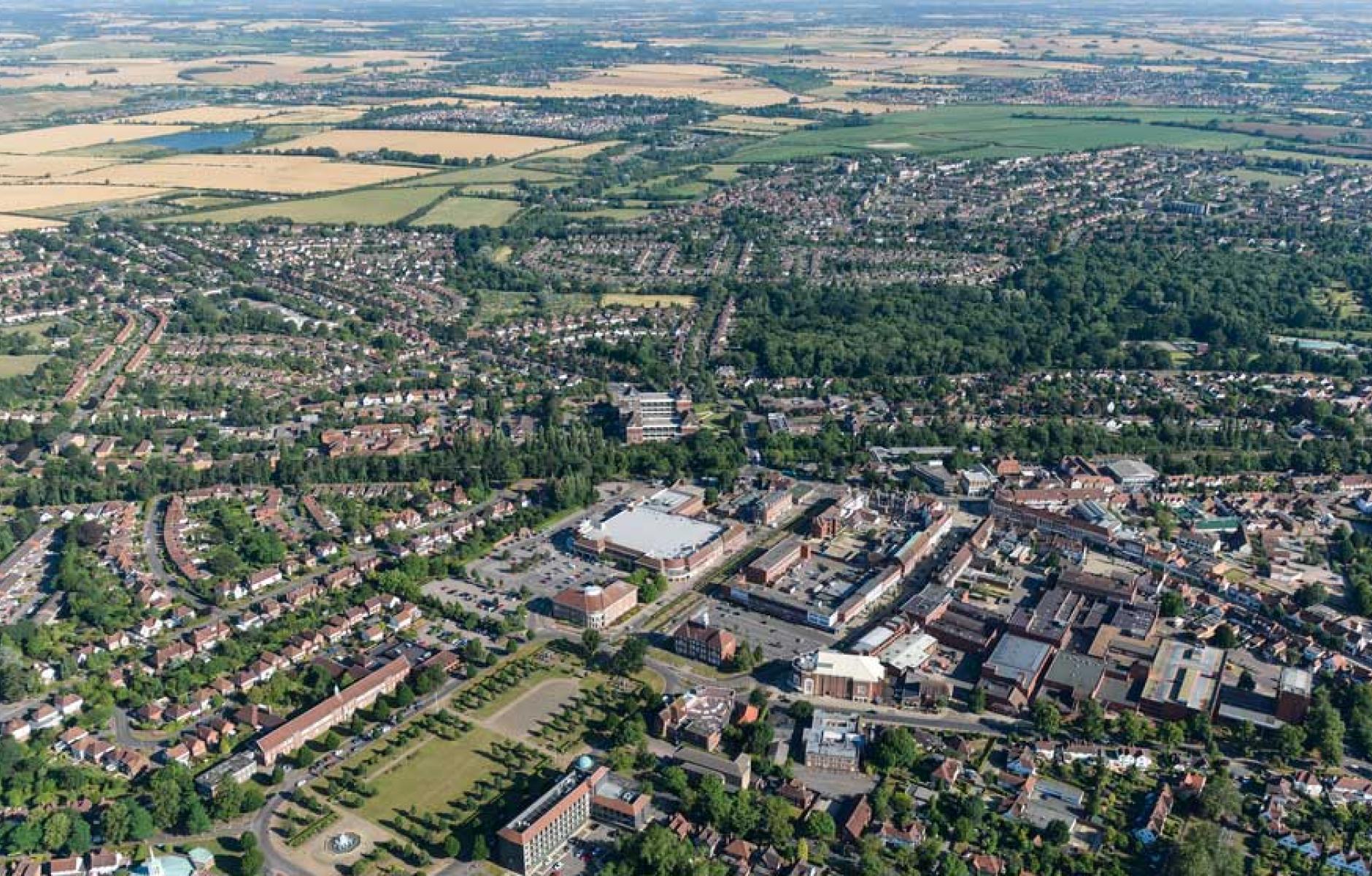
Garden towns need some garden city thinking to succeed
Much effort has been expended by successive governments in stimulating production by volume house builders, with modest success. Some estimate that planning permission has been granted for over 600,000 homes, though the number of actual housing starts, while up, hovers stubbornly around the 2008 figure. New Labour tried to change this by various stratagems: ‘modern methods of production’, aimed at stimulating competition by introducing new entrants, and ‘eco towns’, new settlements bearing a green label. In the end both came to naught.
Over the past few years the new settlement idea has been taken up by the Conservative government, under the banner of garden towns and villages. It is as important to understand what these so-called garden settlements are. These are intended to be stand alone communities, with villages having between 1000-10,000 units and associated local services and garden towns comprising more than 10,000 houses and services. They are locally sponsored, with 14 garden villages and 3 garden towns announced at the beginning of this week after a competition. Seven garden towns have already been announced.
These garden towns and villages are not, except insofar as they are new settlements, the heirs to Ebenezer Howard’s garden cities, which were meant to be financed by capturing the “unearned increment”, or the uplift in land value from obtaining planning permission, for the provision of needed infrastructure and services. Garden towns were meant to be satellites of a central city, and had clear planning and design theories associated with them. In contrast, the Government’s new policy clearly states that there is no planning or design theory associated with garden towns and villages, and is silent on the relationship between the towns and the nearby city. This is in contrast to Urbed’s Wolfson prize paper, which postulated a clear linkage, both with transport and economy, to a nearby central city.
A cursory review of the entries reveals a mixed bag, ranging from sites under multiple ownership to sites controlled by a single landowner and from sites which are closely linked to nearby cities to stand alone sites in areas of low housing demand. Some have the opportunity for jobs, others will do well to attract a local shop and a primary school. All are eligible for various government subsidies, including the Starter Homes programme, and all are to be granted various “planning freedoms” and are urged to have “quality designs”
Just before Christmas, The Prince’s Foundation issued a report which bears upon this issue of quality and the provision of services. The report, entitled “Building a Legacy”, argues that landowners should take a more prominent role in taking sites through the planning process, and that doing so will not only improve quality but benefit them financially. Focusing on developments at a scale similar to those proposed in the garden towns and villages program, the report argues that providing infrastructure, needed amenities and design quality is feasible under the landowner model in areas where sales prices exceed £250/sq. ft. and where the build out will take more than seven years. The report provides a number of case studies, most sponsored by landed estates which have often tended to take a longer term view of value.
The jury is out whether there are sufficient numbers of individual landowners with both the vision and the resources to take these kind of large scale projects forward, but the legacy model described by The Prince’s Foundation applied equally to potential settlements on public land. Indeed this was the model formerly applied by English Partnerships, one of taking the site through master planning, garnering an outline permission on the whole site, providing road and utility infrastructure and then selling each phase pursuant to a design code.
Whether private landowner, public land, or multiple landowners, the key to achieving quality is to accompany the master planning and public engagement process with either an outline planning permission, a local development order or Supplemental Planning Guidance covering the whole new settlement. One could even take the precedent of the New Towns to heart and acquire the land through compulsory purchase prior to planning and apply Howard’s dictum of utilizing the uplift to provide infrastructure and services.
The Government is to be commended for putting the idea of new settlements on the table again as they must be a part of solving the housing and affordability crisis. But if this program is to succeed in producing something other than very large scale housing estates, government policy should be more explicit in requiring and providing the resources for master planning and design guidance for the entire settlement, accompanied by some form of planning permission, as well as a mechanism for value capture to fund all the elements of a town. It wouldn’t hurt to require all the winning proposers to read Ebenezer Howard’s Garden Cities of Tomorrow, either.

This article originally ran in Building Design magazine, which is an online magazine for UK architects.




